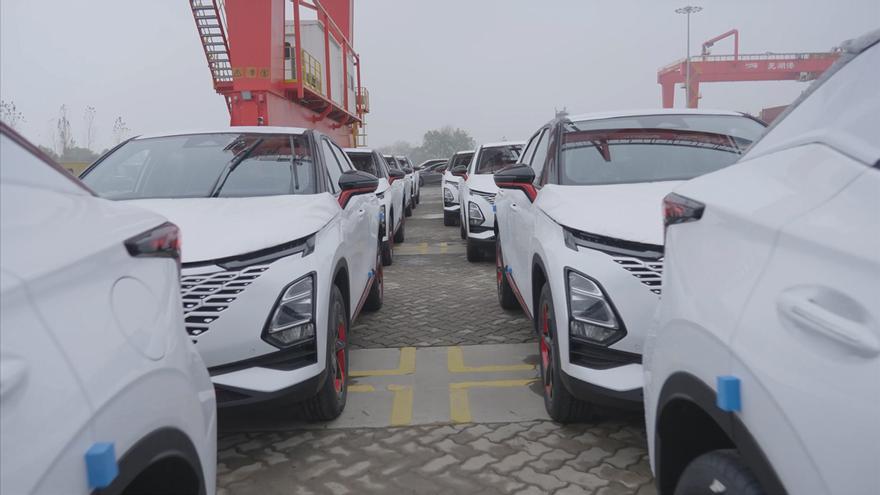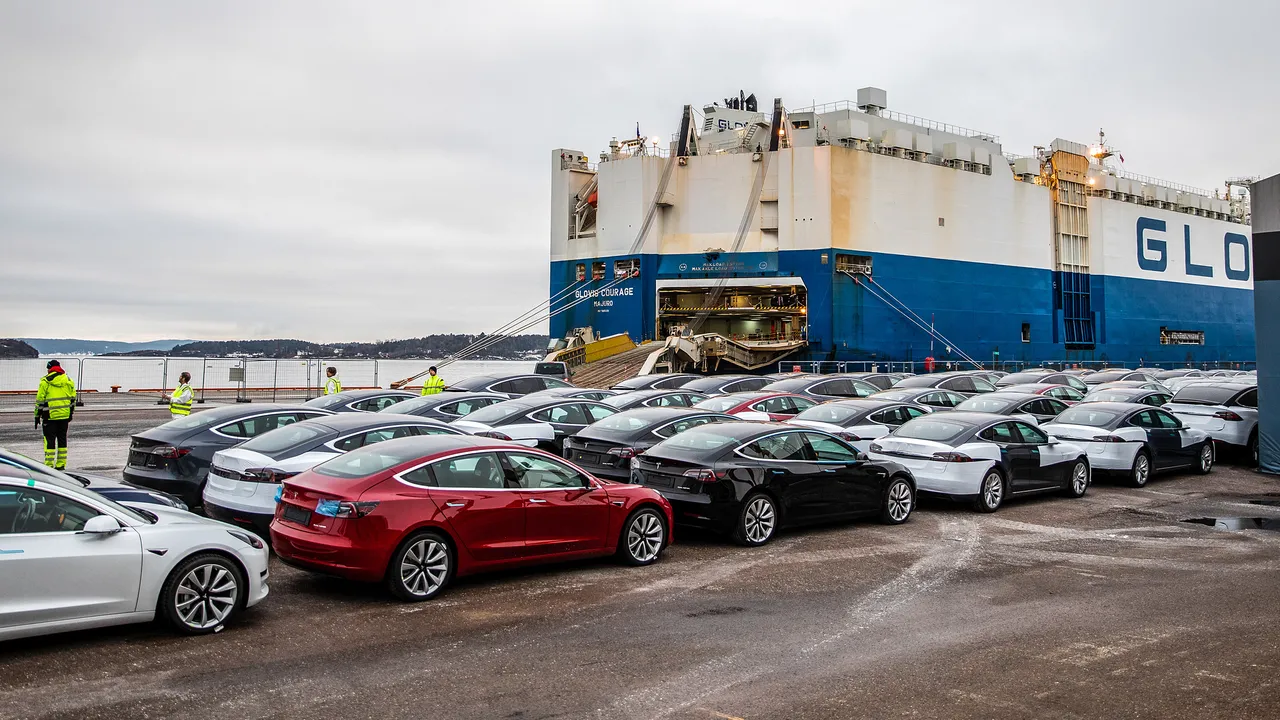The price of vehicle transportation by sea has reached its highest figure in history.
The shortage of available ships has caused daily freight prices to rise to 115,000 dollars, as explained by the Financial Times.
However, this situation is not new, as service costs have been increasing for several years.
In spite of this situation, ships carrying Chinese electric cars continue to arrive in Europe.
It is worth mentioning that the Asian giant exported a total of 1.63 million vehicles to the European continent in the first ten months of 2023, according to data from the China Passenger Car Association (CPCA).
This represents a 147% increase compared to the same period in 2022.
According to the CPCA, in 2023, China became the world’s largest exporter of automobiles for the first time.
The Asian giant dethroned Japan, largely thanks to electric vehicle exports.
A clear and recent example of this exodus from the Asian giant is the shipment sent by the Chery Group.

In December, this business conglomerate announced the departure of a ship with 700 units of the new Omoda 5 model.
The order is expected to arrive by the end of January at the port of Barcelona to be distributed throughout Spain.
This vehicle is a great demonstration of the competitive prices offered by Chinese automakers, as it is estimated that the Omoda 5 will cost less than 30,000 euros.
On the other hand, it is worth mentioning that the most relevant Chinese firm in the export of EVs, BYD, acquired its own ro-ro ship, the Explorer 1, to ship cars worldwide.
The ship, produced by Guangzhou Shipbuilding International, started operating last month.
It has a capacity for 7,000 units, and its system is low in carbon emissions.
Why have EV shipping prices increased?
According to Clarksons Research, a shipping services agency, the latest increase in prices for ships transporting vehicles is ten percent higher than in 2022 and seven times higher than in 2019.
According to Stephen Gordon, Research Director at Clarksons, this situation is due to a combination of factors.
“The industry is catching up,” says Gordon.
“In part, it’s because more cars are being moved. But also, new ships are not being built,” he adds.
Additionally, during 2020, due to COVID-19-related lockdowns, automakers had no choice but to halt exports.
Consequently, many shipping companies scrapped their older vessels.
Some shipping companies recently commissioned the production of new fleets.
However, the process of building and delivering ships typically takes three years.
This situation impacts Asian automakers, as their high production capacity almost compels them to sell their units to other markets.
In this regard, approximately a quarter of EVs sold in Europe come from the Asian giant.
However, given the mentioned situations, between September and October 2023, the percentage of Asian EVs in Europe barely increased.
“This was largely due to issues with shipping prices,” said Matthias Schmidt, an analyst specializing in tracking European electric vehicle sales.
The specialist indicates that the export groups of the eastern nation “are entirely exposed to maritime transport without having European production plants.”
Sustainable mobility agreements reaching maritime transport
In March of last year, representatives from the European Commission, the European Parliament, and the Council of the European Union reached a compromise for the Alternative Fuels Infrastructure Regulation (AFIR) of the EU.
AFIR is part of the “Fit for 55,” a package of regulatory actions to make EU policies fit for reducing net greenhouse gas emissions by 55% by 2030.
Among its points, the project sets goals for shore-side electricity supply in maritime ports and inland waterways.
Ports hosting a minimum of 50 large vessels must supply local electricity to fleets.
The deadline to meet this goal is 2030.







